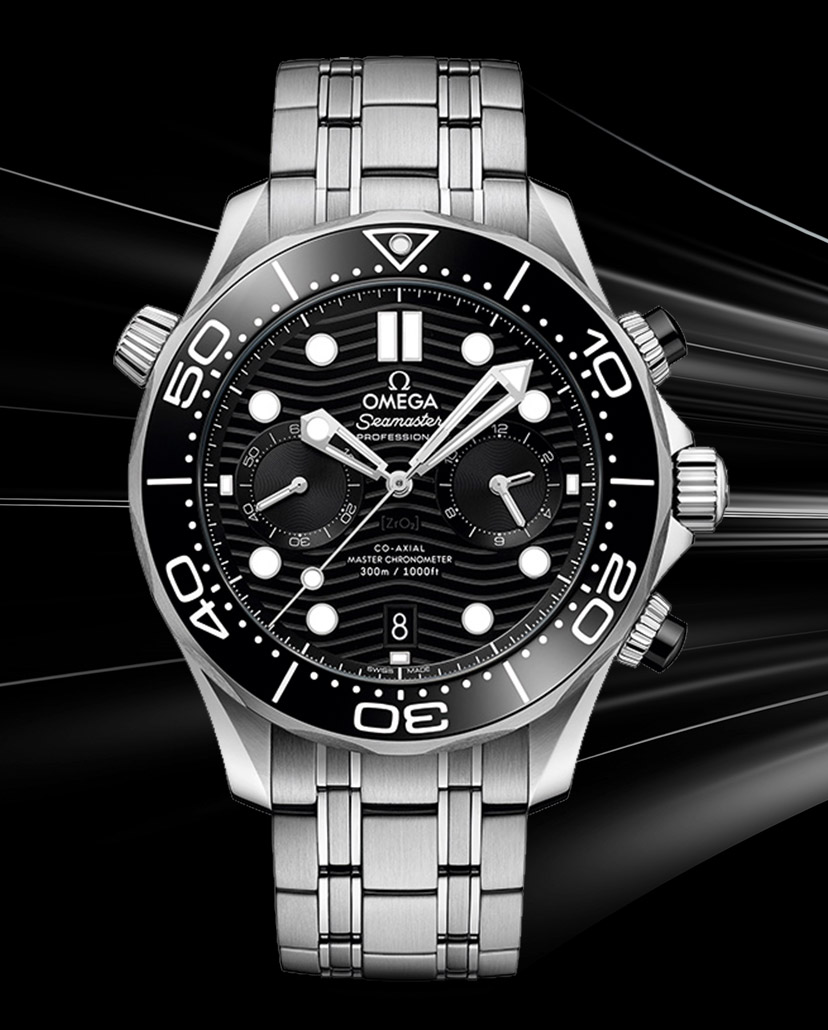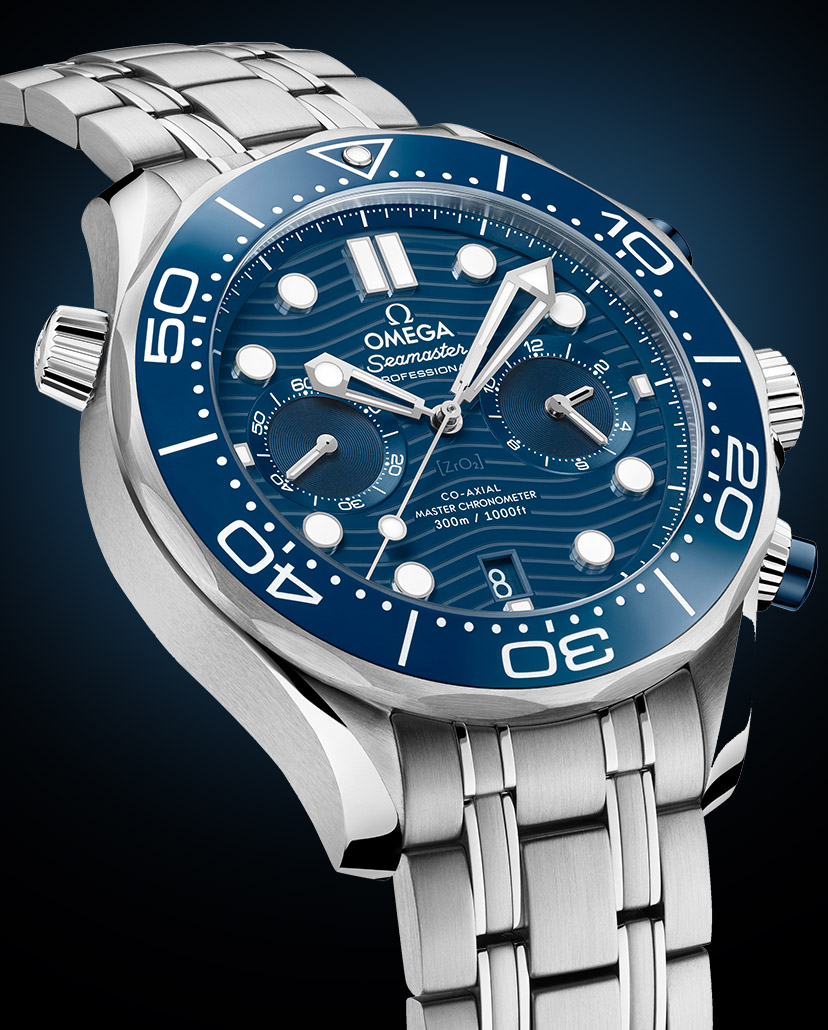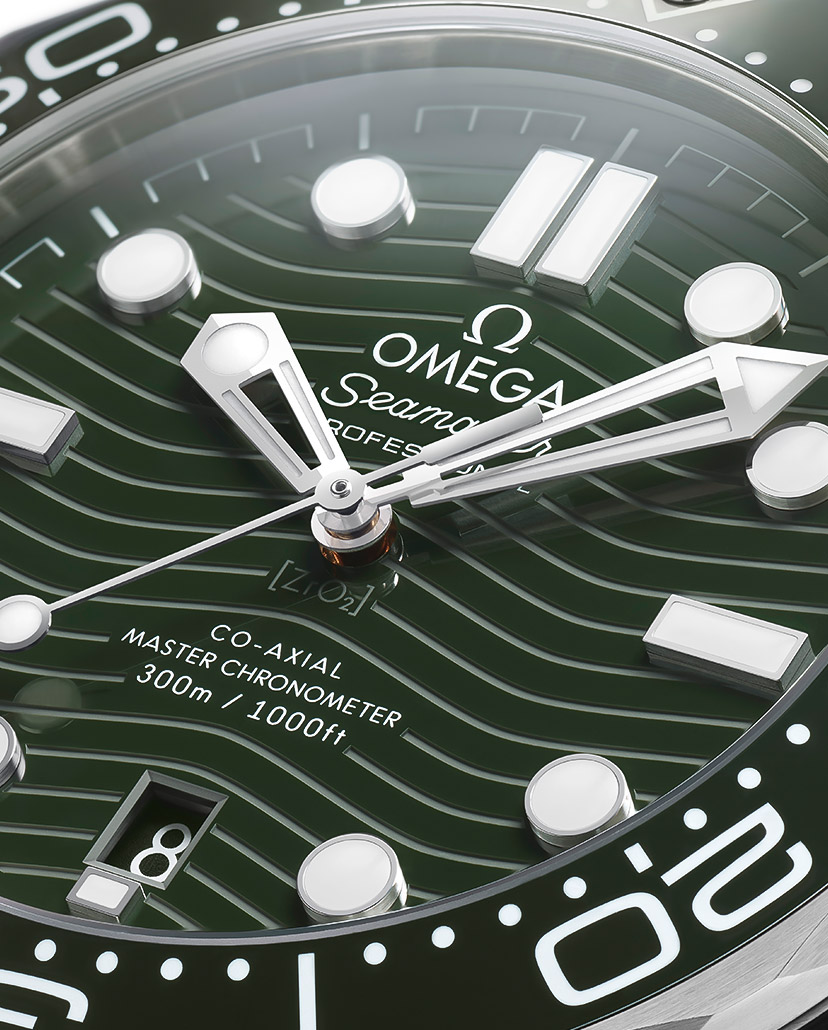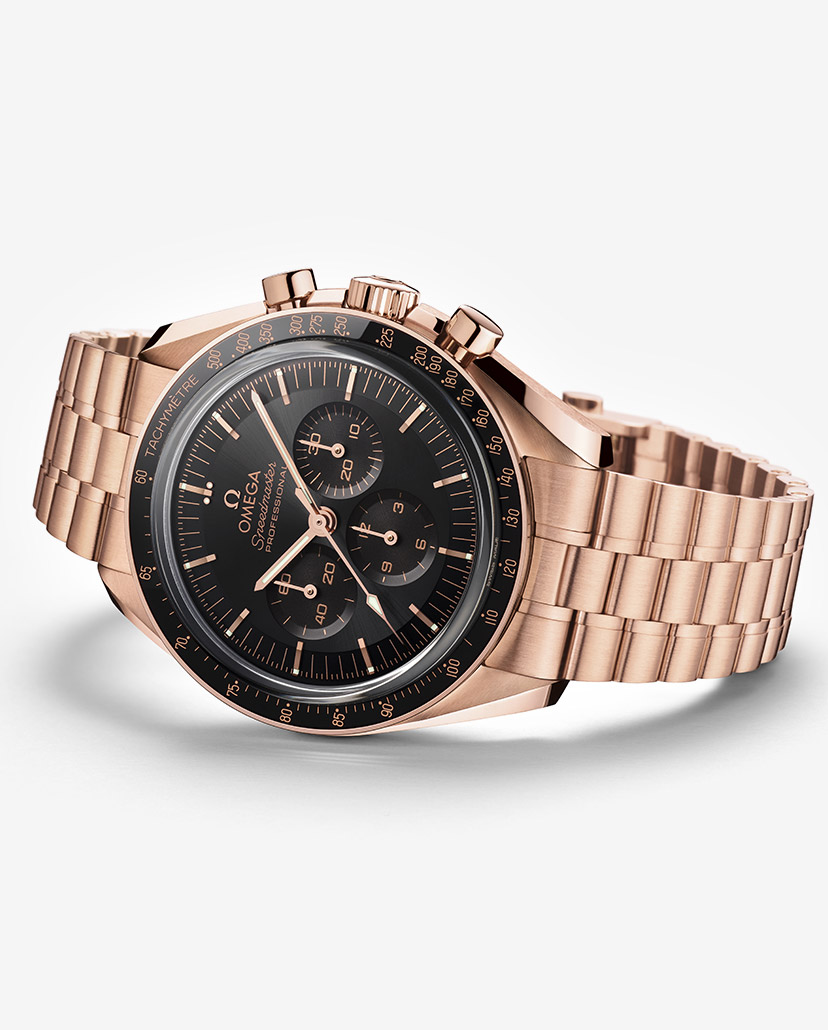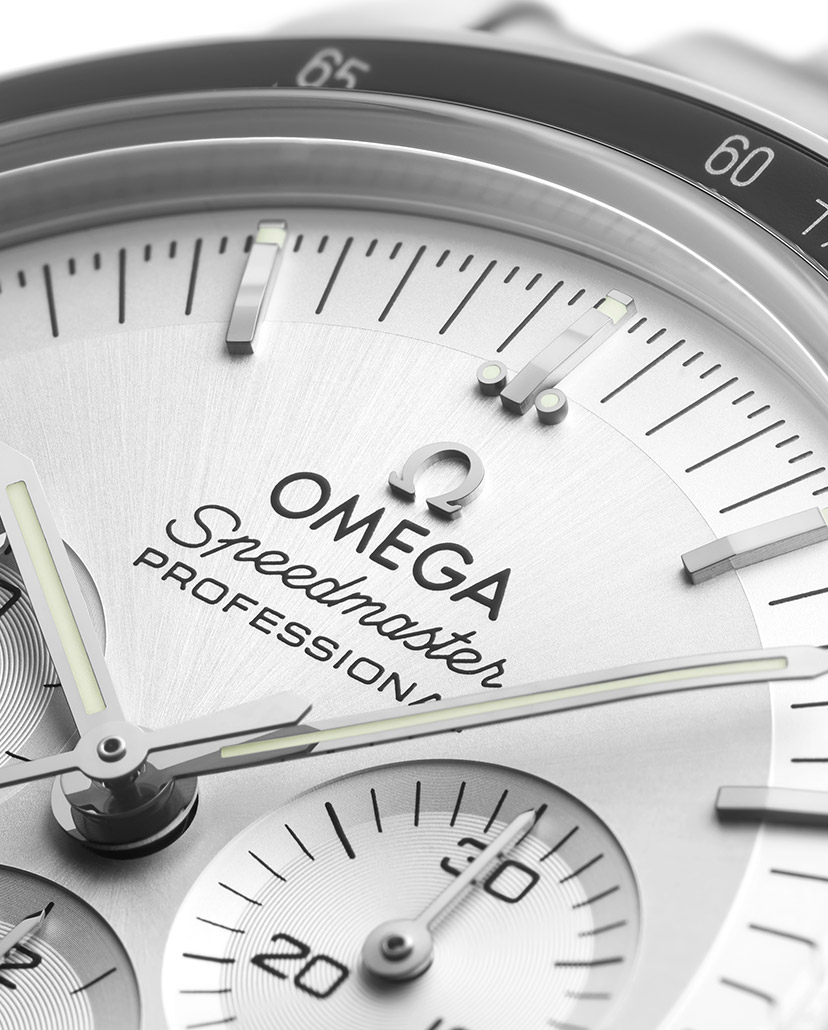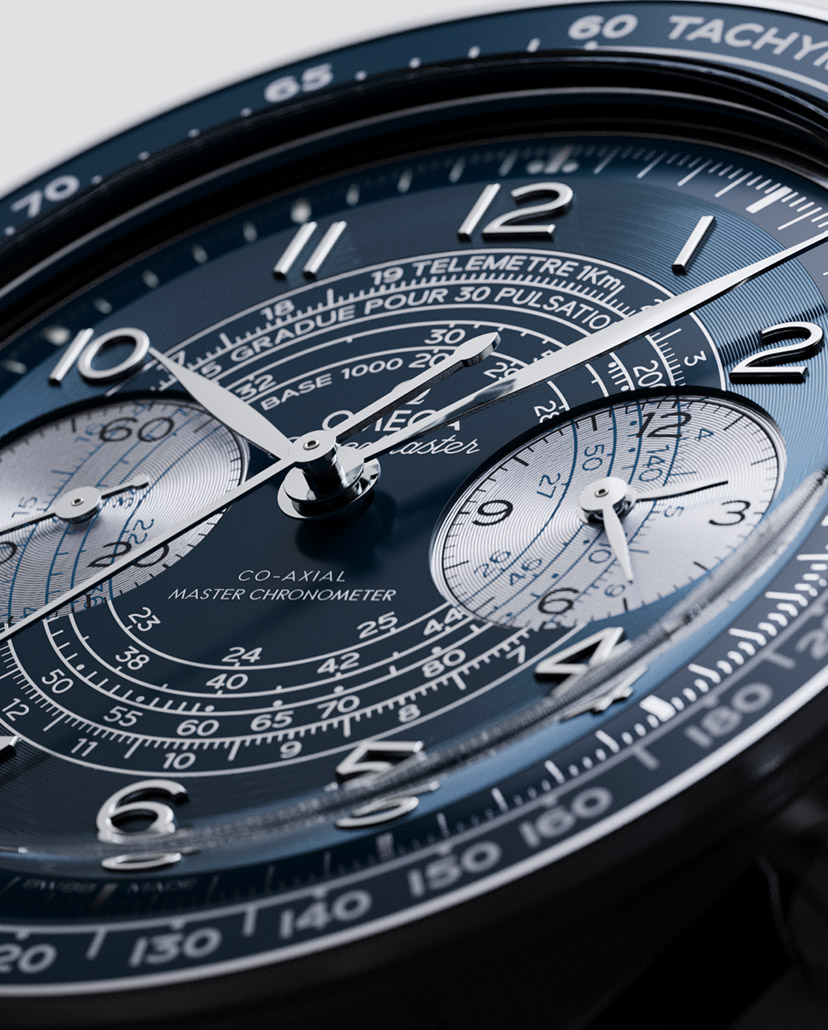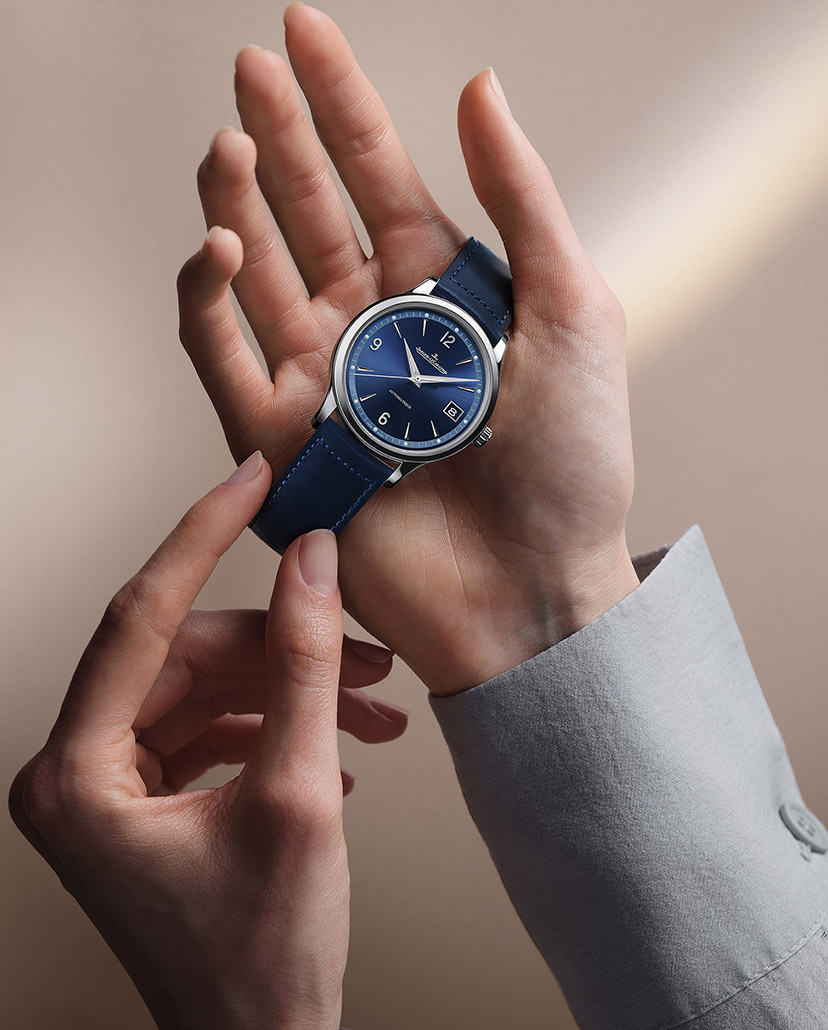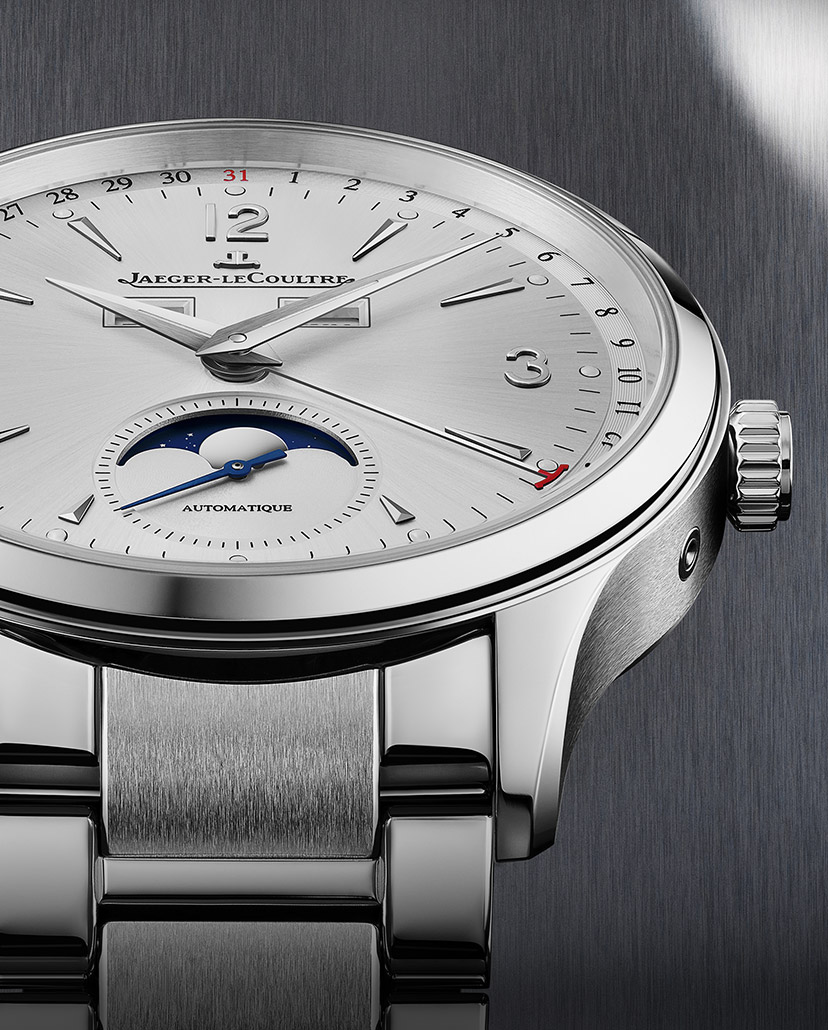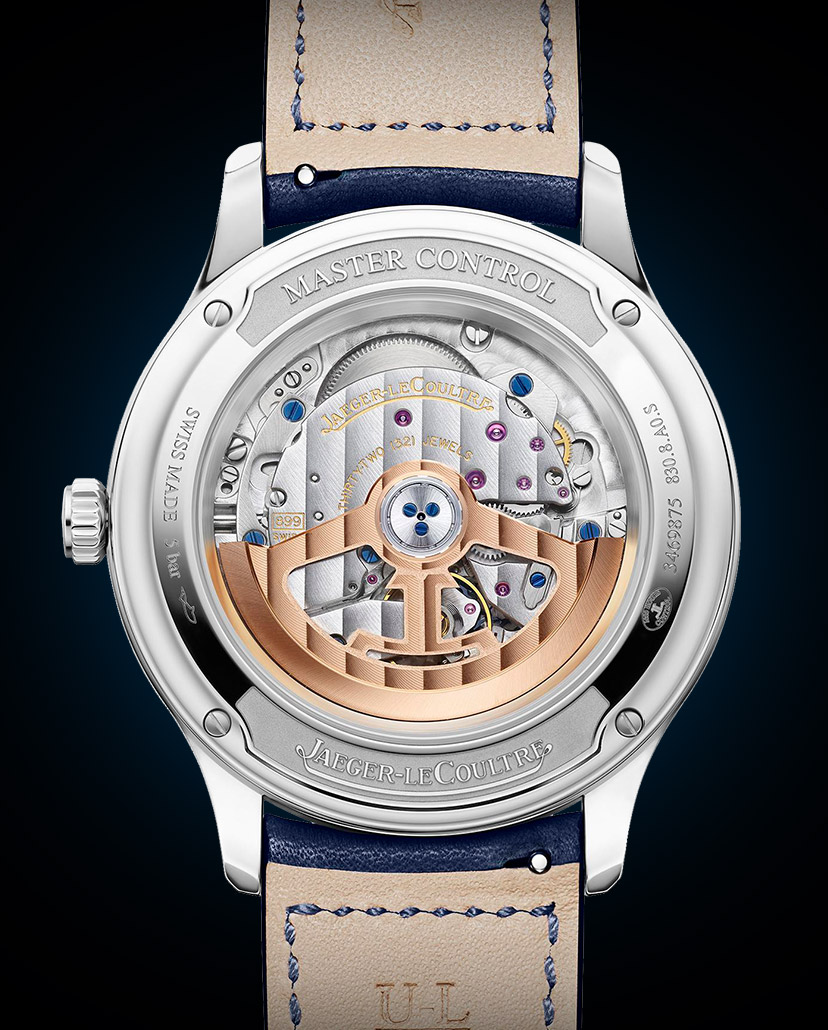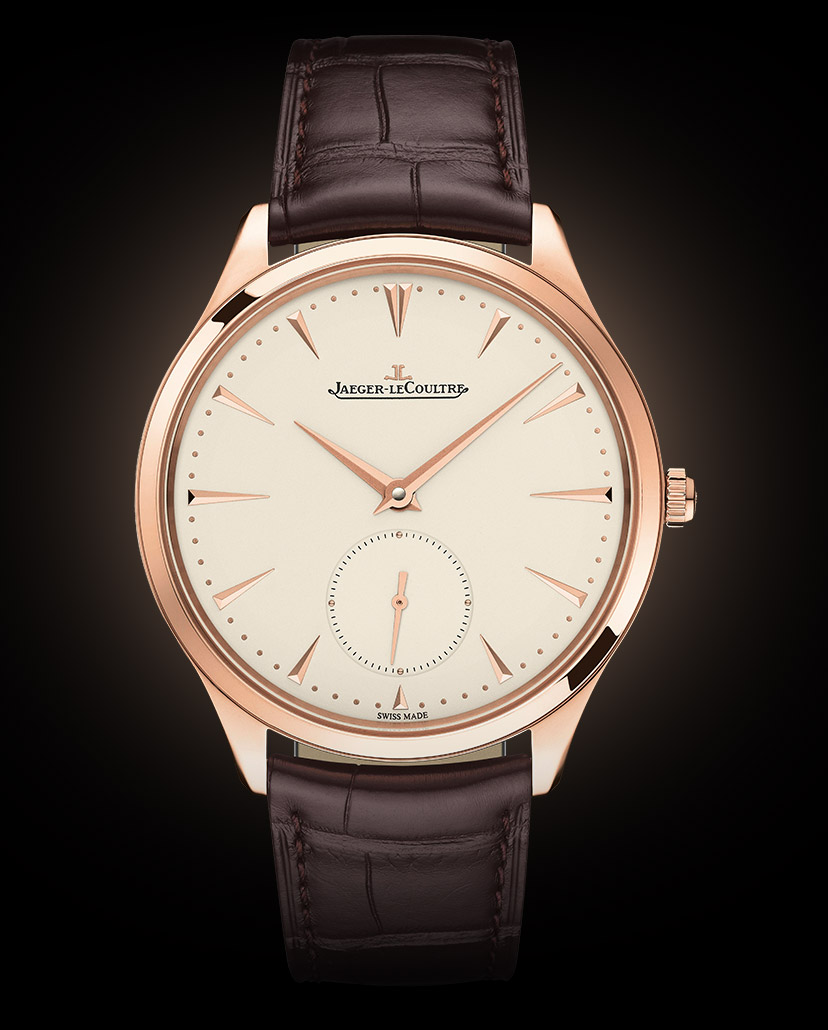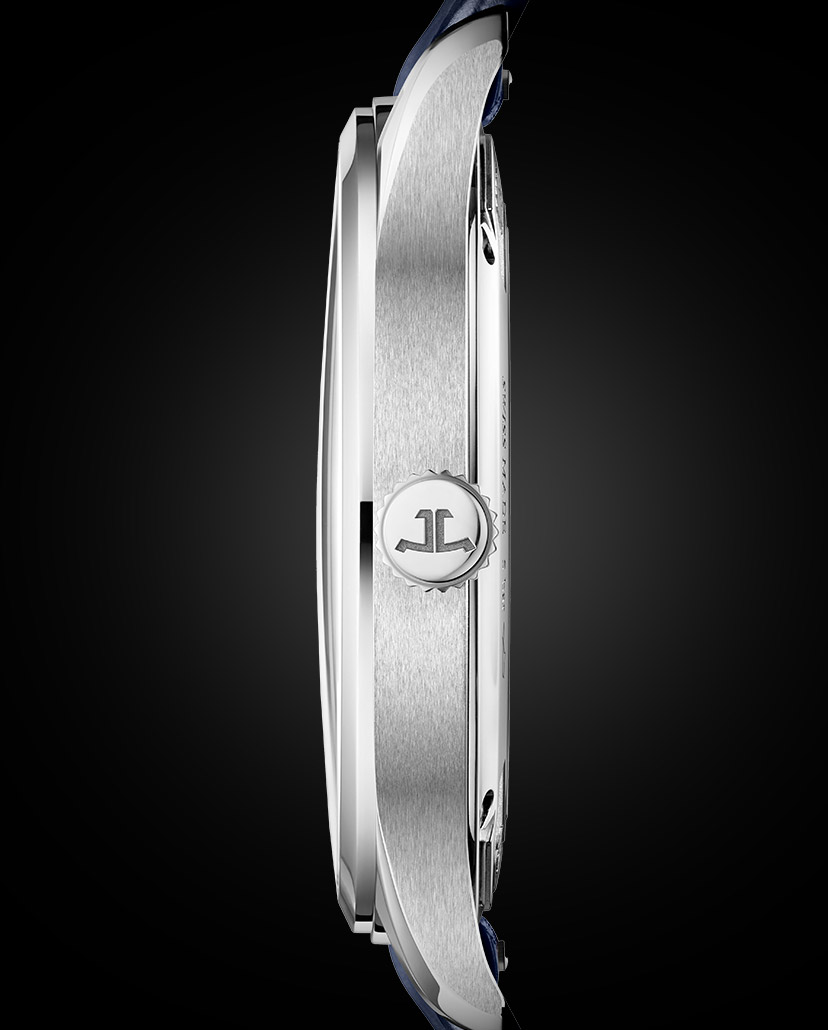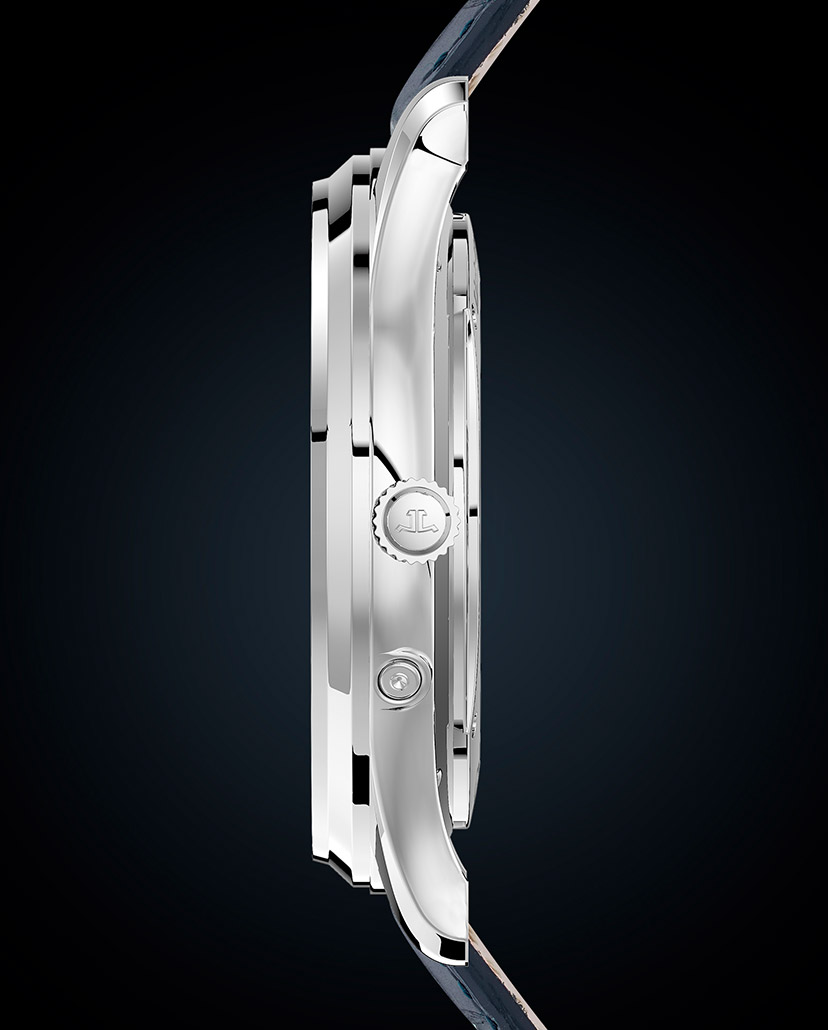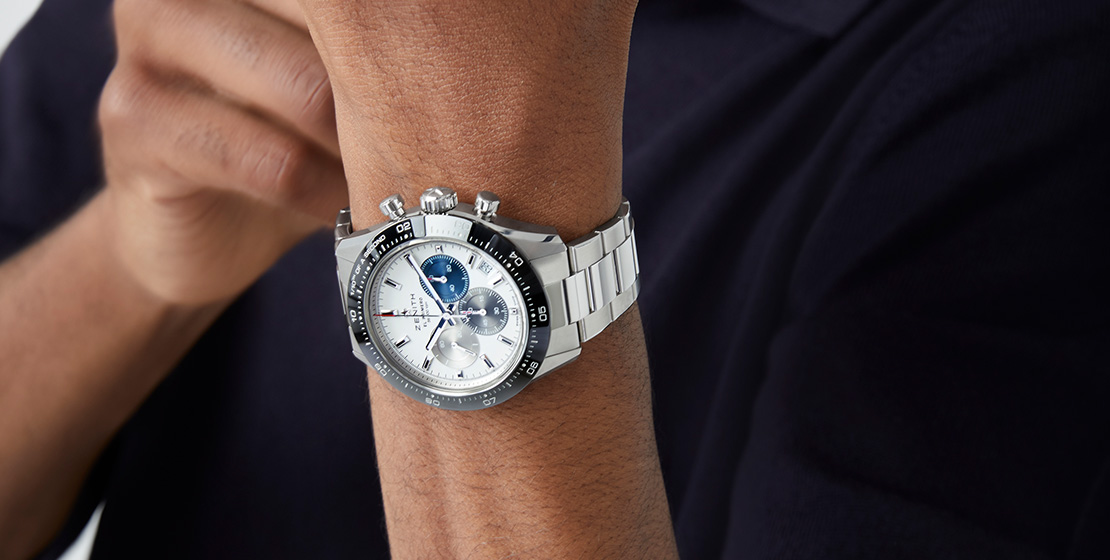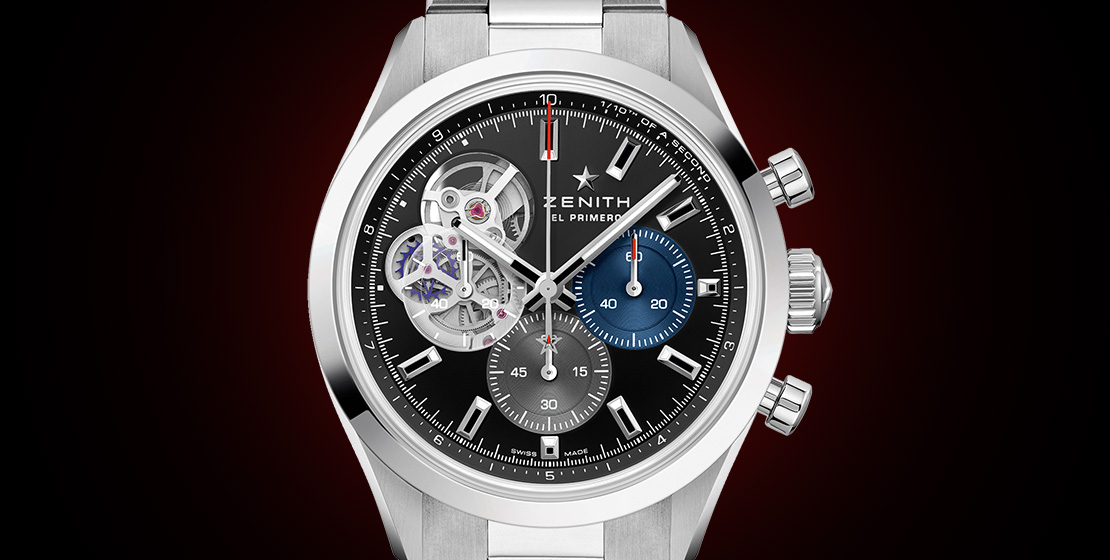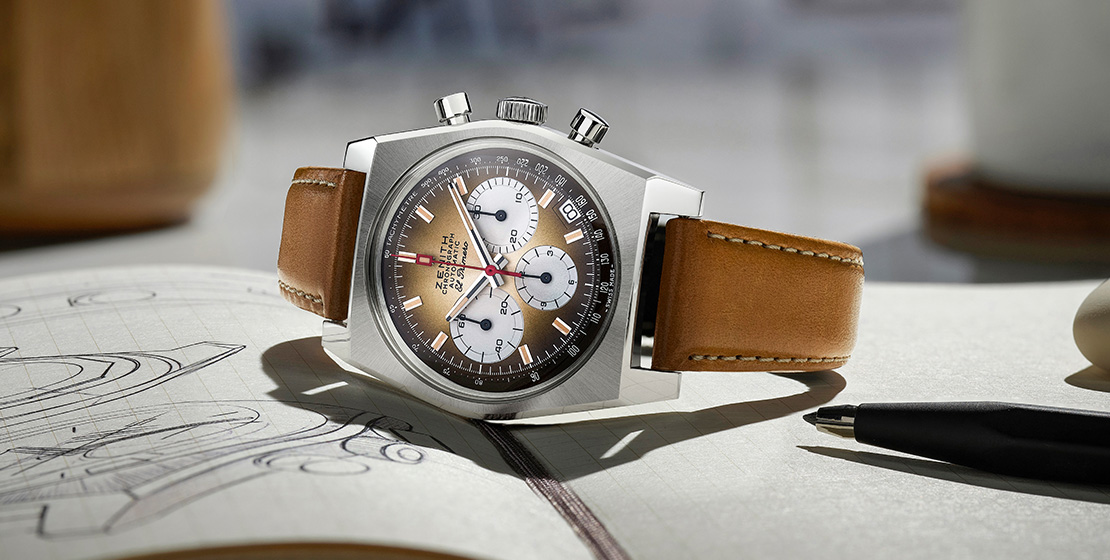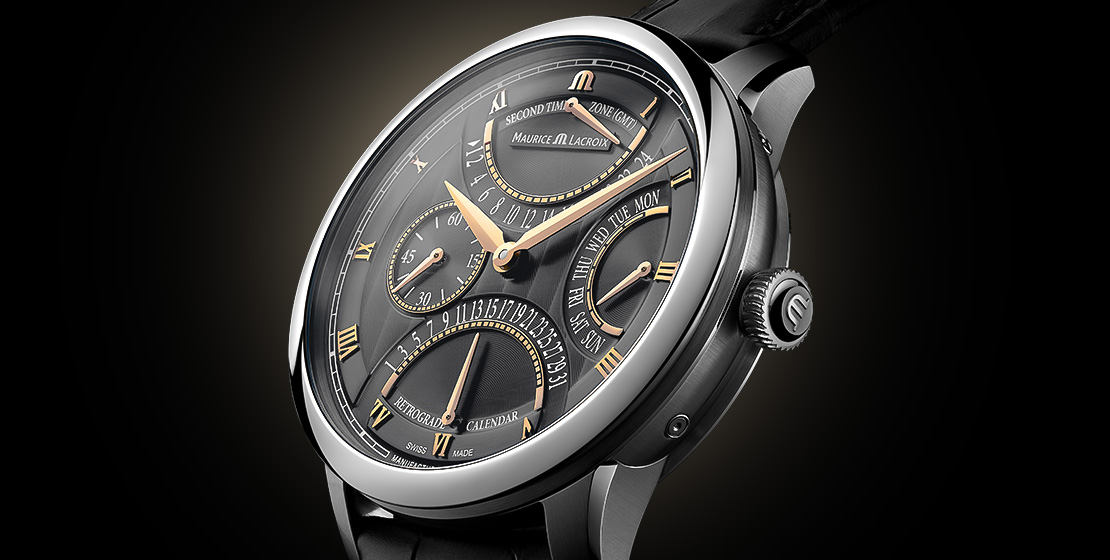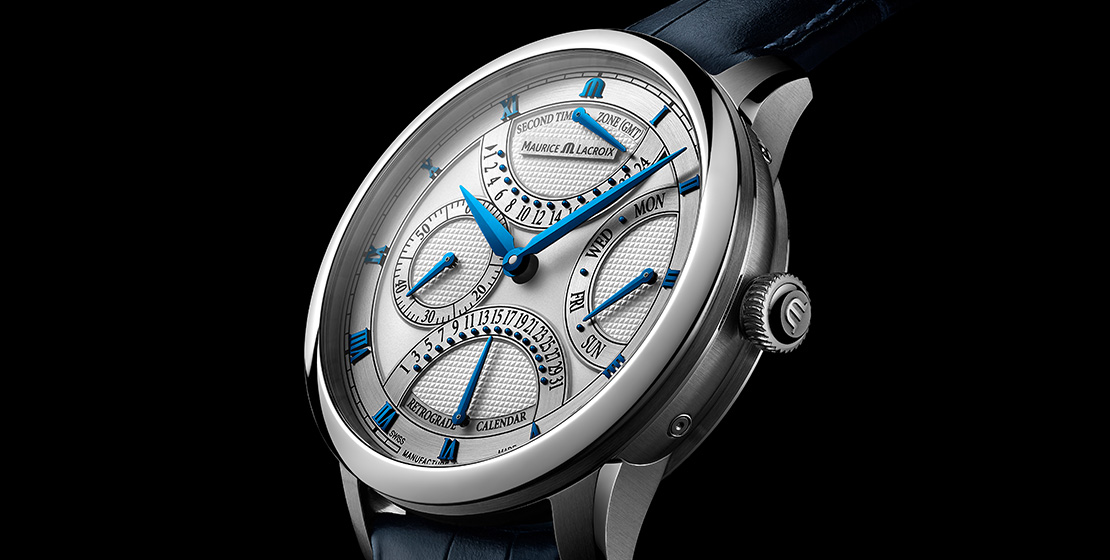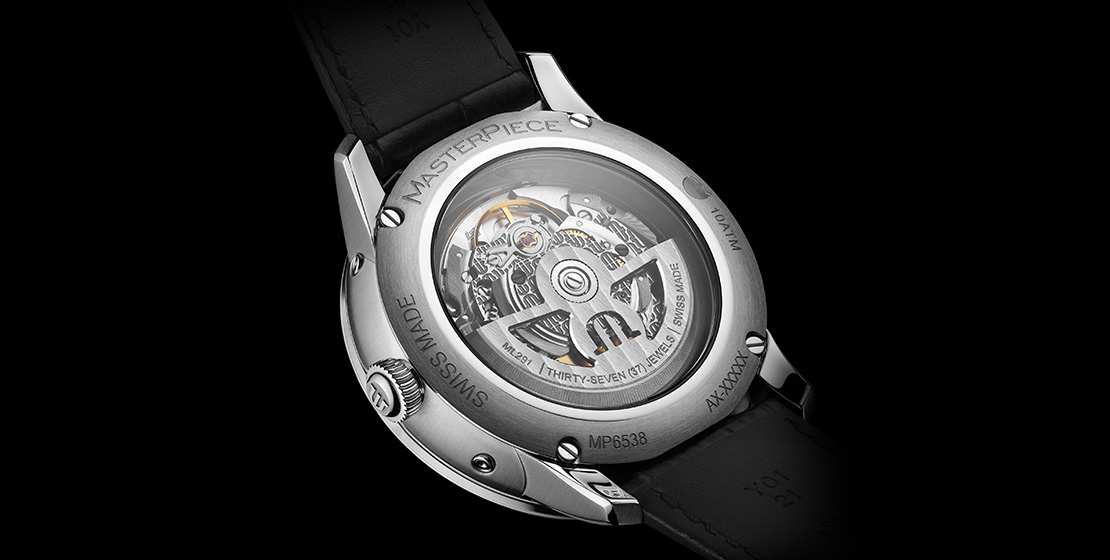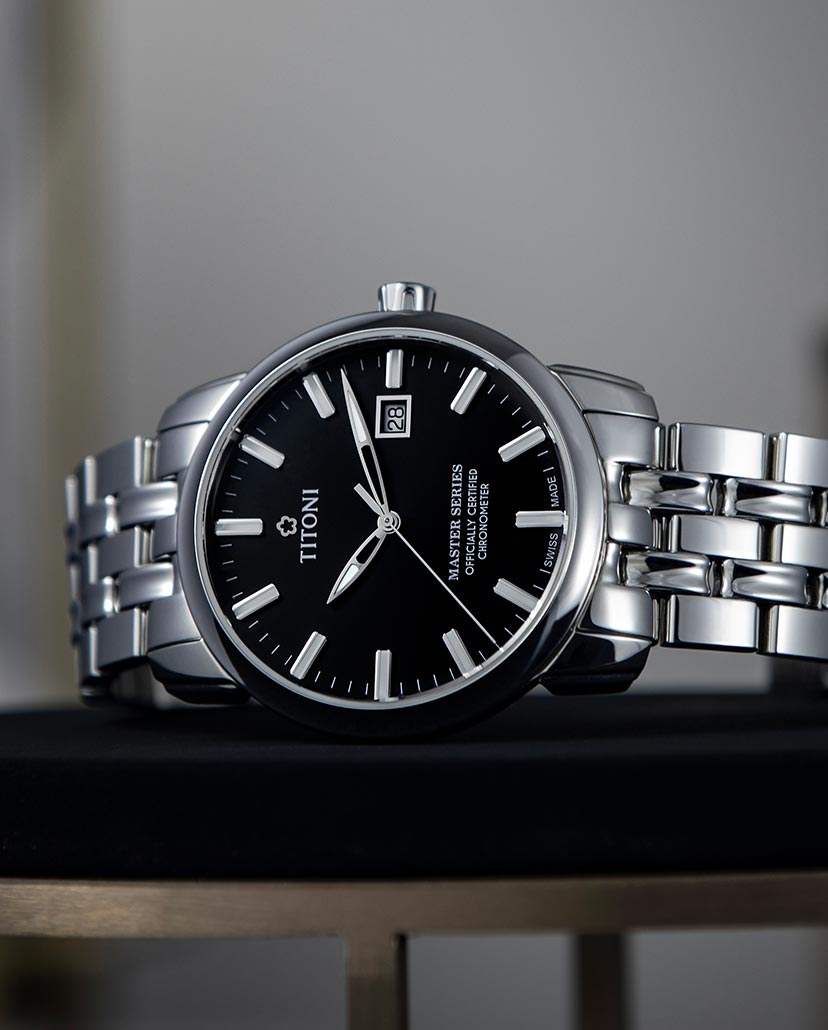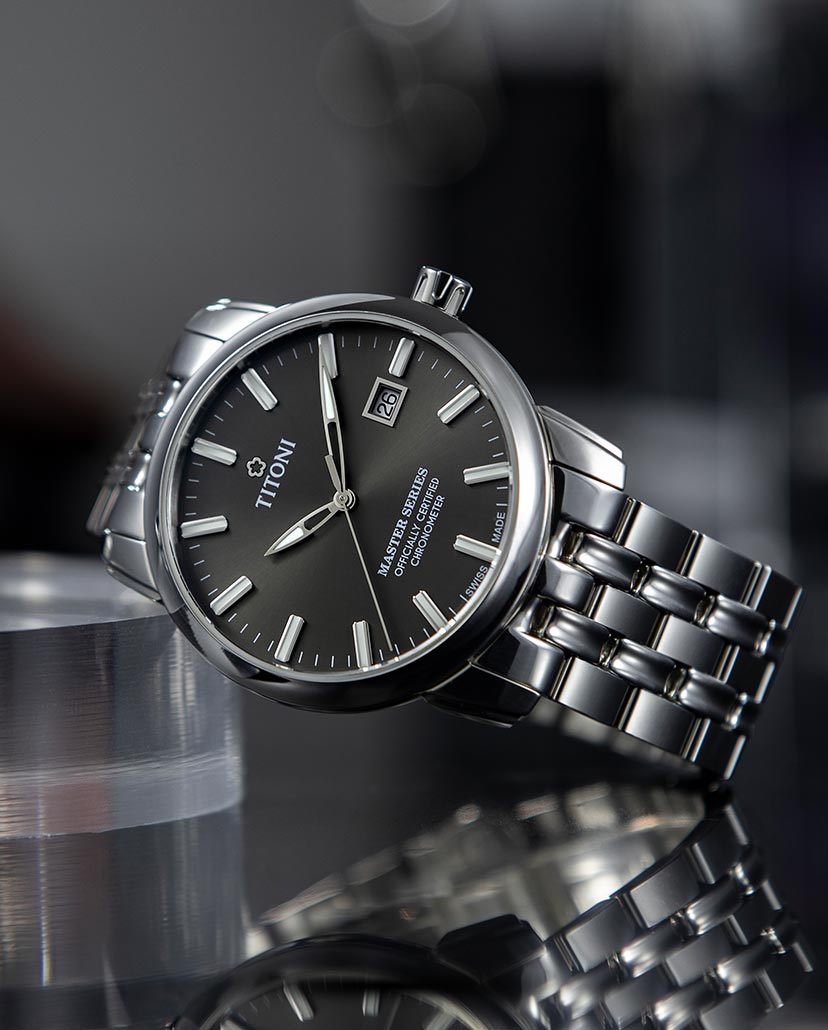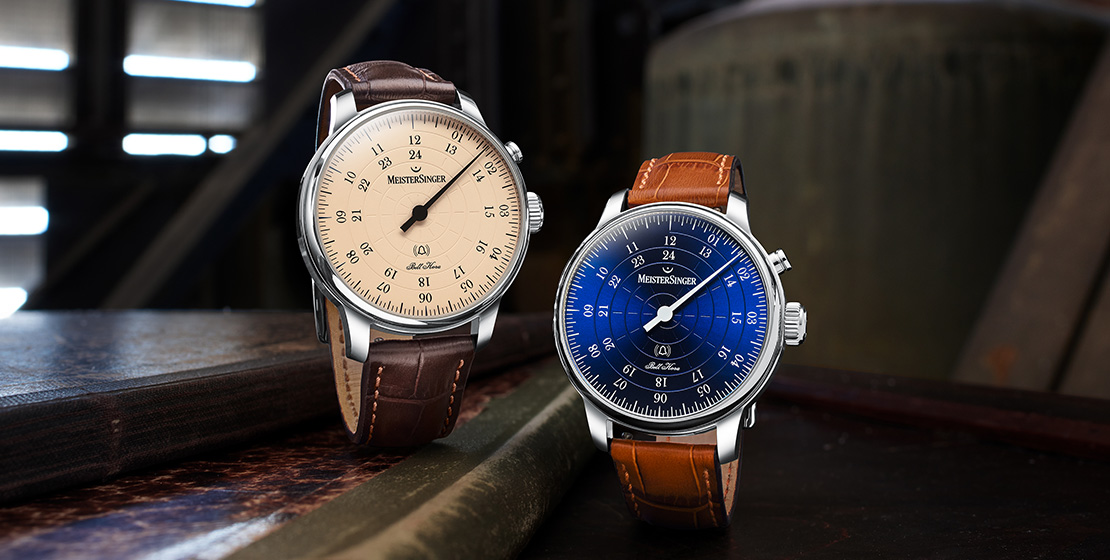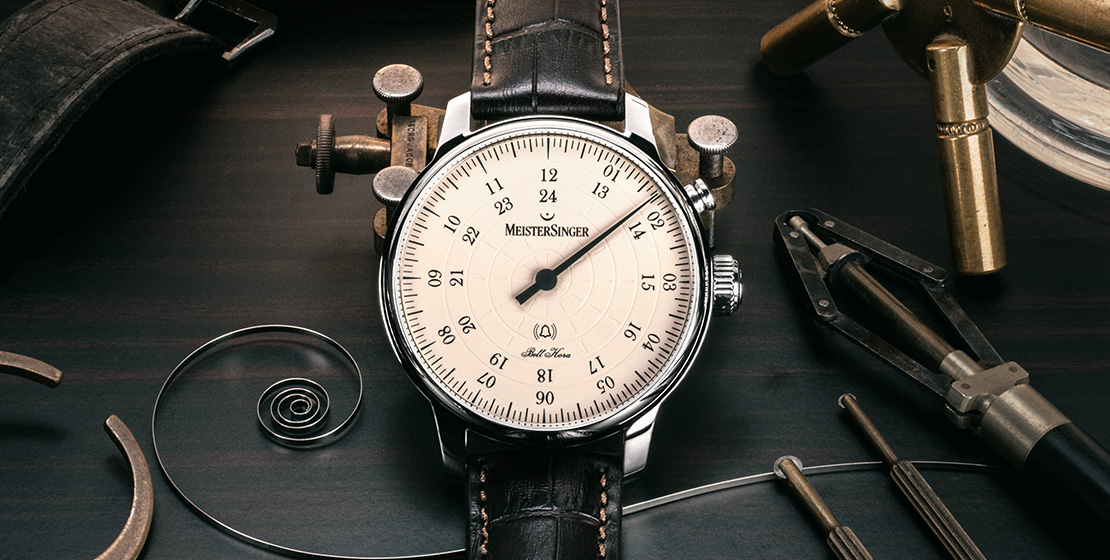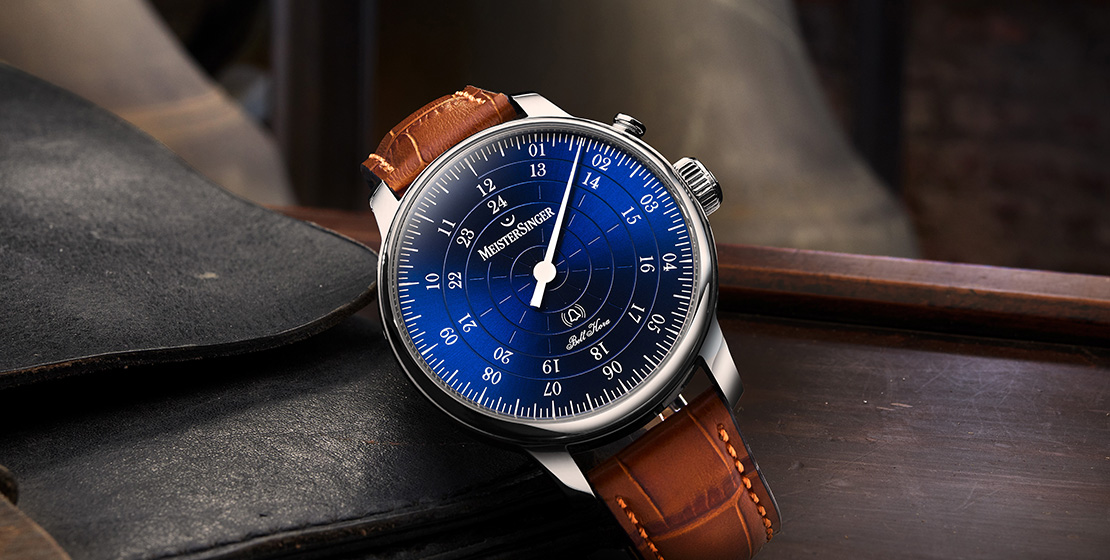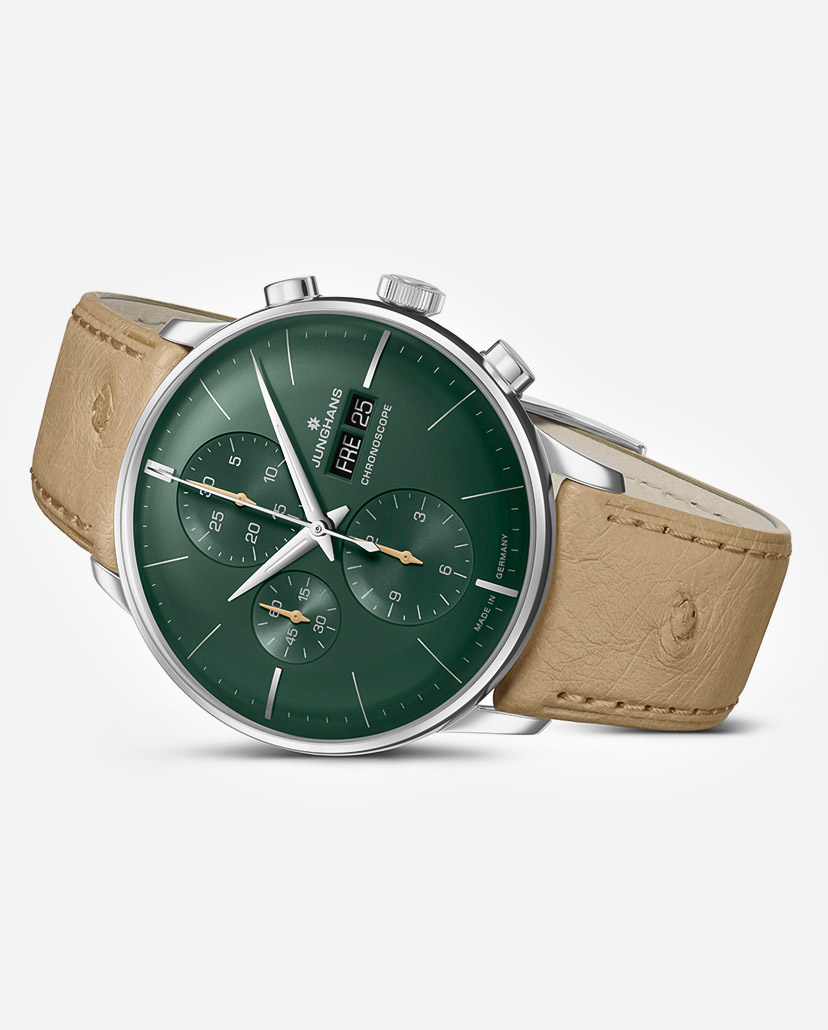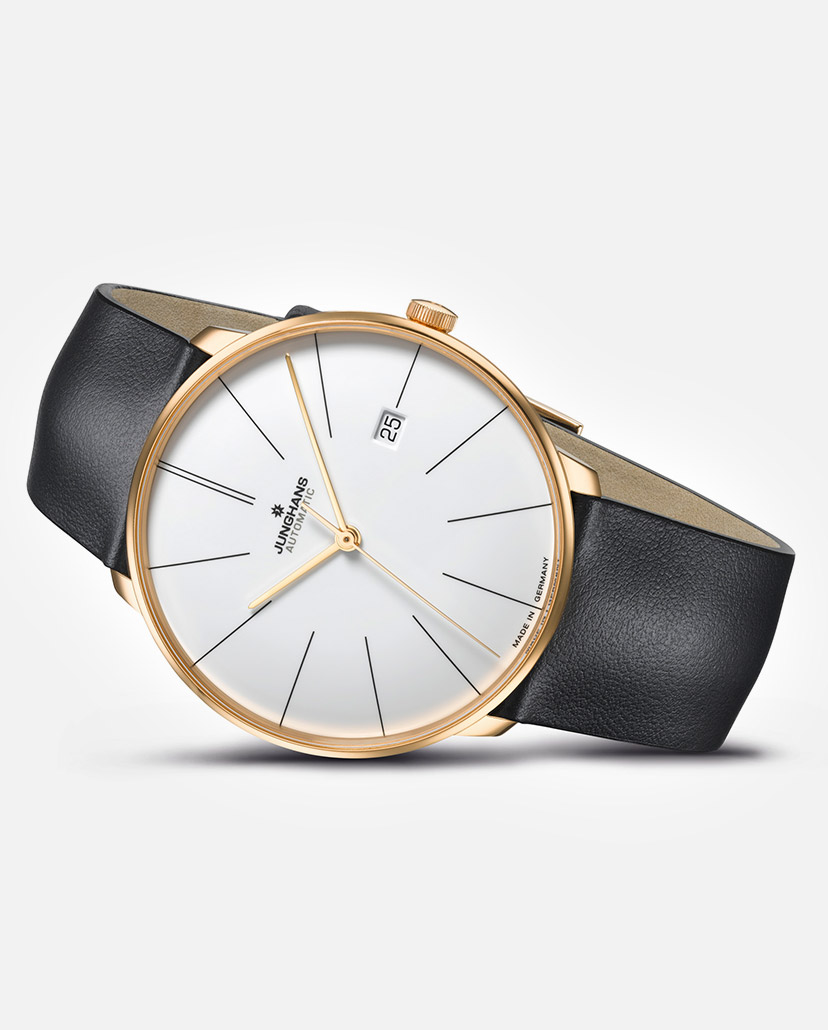FeatureMasters Of Time: Why So Many Timekeeping Icons Have The Word ‘Master’ In Their Names
Does an Omega Speedmaster help you conquer the racetrack, a Rolex GMT-Master II control world time, or a Jaeger-LeCoultre Master Control help regulate time? Have you ever wondered why these and many more watchmaking brands came to add the moniker ‘master’ to their collections? We take closer look
May We Recommend
Omega Seamaster, Railmaster, Speedmaster, Globemaster. Jaeger-LeCoultre Master Control, Master Ultrathin. Longines Master collection. Rado DiaMaster. Zenith Chronomaster. Junghans Meister collection. Titoni Master series. Rolex GMT-Master, Yacht-Master. Titoni Master series. Maurice Lacroix Masterpiece, Meistersinger Mesiterstücke… Aside from fantastic mechanical movements, these brands have something else in common—the word ‘master’ in their collections. Have you ever wondered why there are so many Masters in the world of time, despite the brands’ diverse history, heritage and geography? What makes a timepiece the ‘master’ of the sea, of racing, of control, or a ‘master’piece—period? (Here’s a hint: the answer lies in their fantastic mechanical movements.)
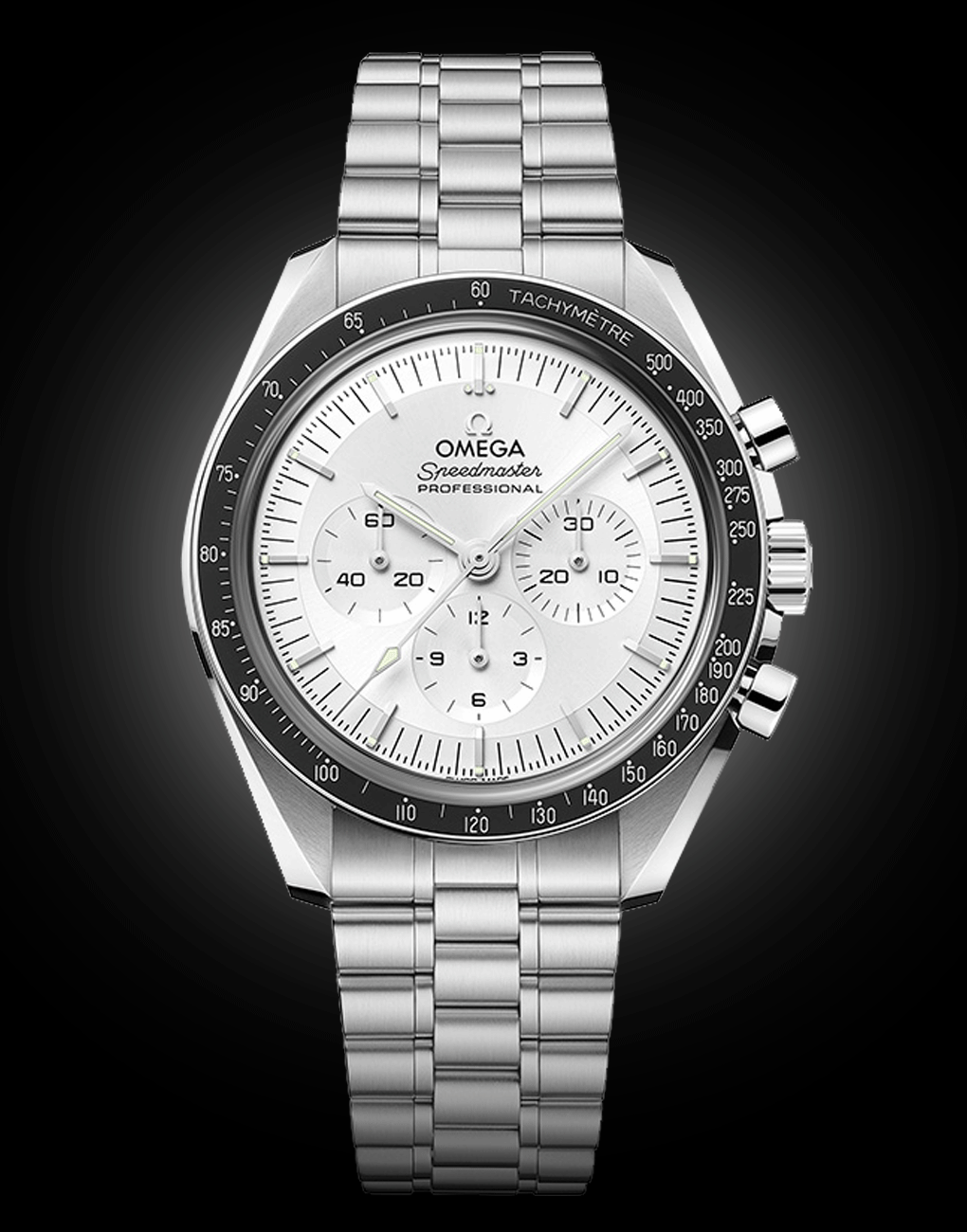
These are deep-rooted and established brands, in that they’ve been around long enough to power through—or rise again—crisis after crisis. Some of these ‘masters’ appeared in the early 1900s, when any achievement in timekeeping deserved a special moniker to highlight their accomplishments in an industry that grows larger and more competitive each year. And in their own way, each one of these brands has, indeed, mastered the sea, the racetrack, calibre control, and every one of these timepieces is a masterpiece in its own right.
Masters Of The Game
Omega’s Masters
A case in point is the 175-year-old Omega, who introduced the name ‘Seamaster’ in 1947 for their ‘waterproof’ dress watch—the term waterproof was acceptable then. The brand had been making water-resistant watches since the 1930s, but this first Seamaster featured Omega’s pioneering new technology, inspired by the maison’s timepieces developed for British military divers, using an O-ring gasket made from rubber to seal the crown and case, much like those used in submarines. This technology was far superior to the shellac resin glue that was used to ‘waterproof’ a watch at the time, and very deserving of the term ‘master’. Forward was the only way ahead, and the brand introduced their iconic Omega Seamaster Diver 300M in 1957—and, in 2019, the Seamaster Planet Ocean Ultra Deep Professional with a 6,000m water resistance.
This 1947 Seamaster, Omega’s first ‘master’ timepiece, was an achievement worth bragging about. Ten years later, in 1957, the brand introduced the Seamaster Railmaster, a watch designed for railway staff, or anyone who worked close to electric and magnetic fields, like scientists and technicians. The elegant, yet practical Railmaster offered anti-magnetism of 1,000 gauss, which was impressive, given the age. The 60th-anniversary tribute edition of this timepiece offers a much more impressive magnetic resistance of 15,000 gauss, powered by the brand’s ‘Master Chronometer’ 8806 movement.
The Speedmaster, better known today as the Moonwatch (though the collection is not limited to its Moonwatch editions), was also introduced in 1957 as a racing chronograph. This timepieces got its ‘master’ moniker for being the first watch that featured a stainless steel tachymeter scale on its bezel, making it a chronograph worthy of aviation and motorsports, and it fit right in with Omega’s family of Seamasters and Railmasters.
The Jaeger-LeCoultre Master Control and Ultra Thin
Released in 1992, Jaeger-LeCoultre’s Master Control collection was the first to clear the brand’s ‘1,000 Hours Control’ certification. For six weeks, the movement in the case was tested for temperature control, water resistance and power reserve in six different positions. Clearing this gruelling test by Jaeger-LeCoultre—which is regarded even tougher than the 15-day COSC certification process—is enough reason to brand the collection ‘Master’, and the Jaeger-LeCoultre Master Control series was born. Back then, it was a tribute to the brand’s rich 160-year heritage.
In 2012, inspired by the 1.38mm-thick LeCoultre calibre 145—created first in 1907 for pocket watches—the brand released the Master Ultra Thin collection of dress watches. The ‘master’ tag on this series was indeed appropriate, as, despite its thin movement, the timepieces feature advanced complications such as the moon phase indicator and perpetual calendar.
Zenith’s Chronomaster
Zenith introduced their Chronomaster in 1994 to pay homage to the first high-frequency fully-integrated automatic chronograph movement in watch history—their 1969 El Primero calibre, which powered their A386 timepiece. The 1969 El Primero was doomed from the moment the brand announced it, with the competition releasing automatic chronographs (not integrated ones, though), followed by the quartz crisis. This meant that the company’s processes had to be sold to the highest bidder. But one employee, a Charles Vermot, believed that mechanical watches would make their comeback and hid the plans for the El Primero.
These plans were revived in 1984 when the brand signed up with Rolex to manufacture movements for the latter’s Cosmograph Daytona series. Ten years later, Zenith introduced their Chronomaster timepiece, which not only looked like the original A386, but also featured the fantastic El Primero movement, now visible through a sapphire crystal caseback. After all their struggles, Zenith had made it back among the big players, and this was enough reason to call their tribute timepiece the ‘Chronomaster’. After all, it was styled after the first high-frequency fully-integrated automatic chronograph movement in watch history. Today’s Chronomaster celebrates the pioneering mechanical innovation through the open-worked Chronomaster Open, the Chronomaster Sport’s 1-10th-of-a-second chronograph being front and centre, and various editions that have revived those first few El Primero-carrying watches, like the A386, from the 1960s and 70s.
Maurice Lacroix’s Masterpiece
Created in 1992, just as the mechanical watch industry had begun to get back on its feet after the quartz crisis, Maurice Lacroix took somewhat of a gamble on their five-handed Cinq Aiguilles timepiece—the first of their Masterpiece collection. The end game was to bring the focus back to mechanical movements, to highlight what works of art mechanical watches could be.
Earlier, in the 1980s, the brand had acquired mechanical movements that were no longer in production, with the aim of creating more accessible mechanical watches based on these movements, and make them easily available to buyers who were more comfortable with the pricing of quartz timepieces. Their gamble paid off, and today, their Masterpiece collection is among those trailblazers that brought mechanical watches back to the fore.
The Master Series from Titoni
Independent, family-owned Swiss watchmaking brand Titoni introduced their Master Series in 2006, for timepieces that were awarded COSC certification. This certification of quality and durability, awarded only to around 15 percent of Swiss chronometer exports, was enough of a justification to call their achievements the ‘Master’ series. With elegant, sunray brushed dials, skeletonised hands filled partially with Super-LumiNova, and baton-shaped luminous indexes, the 41mm stainless steel cases of this classic collection house versions of the Sellita movement within. Under the name ‘Master Series’ on the dial is the highlight of this timepiece— ‘Officially certified chronometer’, the proof of which is delivered with the watch.
An Homage To History
Then there are the brands that want to highlight their horological history, adding ‘master’ to their collections to pay tribute to their illustrious achievements.
Longines’s Master Line
Introduced in 2005, Longines’s Master Series within their Watchmaking Tradition Collection is a tribute to the brand’s rich watchmaking history and successes over the years. From three-hand timekeeping to complications such as the chronograph, GMT function and moon phase indicator, this series of ‘master’ watches is made up of only mechanical watches, with both manual and automatic movements.
MeisterSinger Meisterstücke
Another ‘masterpiece’ series (German translation: meisterstücke), this time from a watchmaker famous for their single-hand time-telling style, MeisterSinger’s Meisterstücke watches feature movements modified by the brand, or their own in-house movements, with complex complications such as moon phase and power reserve indicators.
These one-handed watches are a delight to behold, with just the hour hand moving slowly along the dial, though stunning complications add to their overall functionality. These include the Bell Hora, which chimes every hour like a 60-minute-long minute repeater, or the Lunascope with its brilliant and accurate moon phase indicator. Testament to these masterpieces are the numerous design awards they have received since the brand’s inception in 2001.
Junghans Meister Collection
German watchmaker Junghans started off with mass-manufacturing clock components, and later watch movements, such as their first true in-house movement the J80 calibre in 1936. Seventy years later, in 2006, the brand released their Meister collection, a series of Bauhaus-inspired timepieces with chronographs, world timers, as well as elegant three-handed timekeeping, powered by versions of their J800 calibre, which, in turn, is based on the ETA 2824-2 movement.
Rado DiaMaster
Rado had already established itself as ‘master of materials’ in the watch world long before they launched their DiaMaster collection in 2013. These classy dress watches exemplify the maison’s skill with materials such as ceramic or Ceramos—the brand’s ceramic and metal alloy compound—as well as precious metals such as gold and silver, with diamond variants.
Evolving Masters
All of these timepieces were, in their own right, innovations that took the horological world forward, with revolutionary movements or timeless designs, each eventually earning the ‘master’ in its title. And while there are already quite a few masters in the world of timekeeping, as advances in technology continue, there’s no doubt that more brands will, in the future, continue to innovate, and become newer masters of time.


